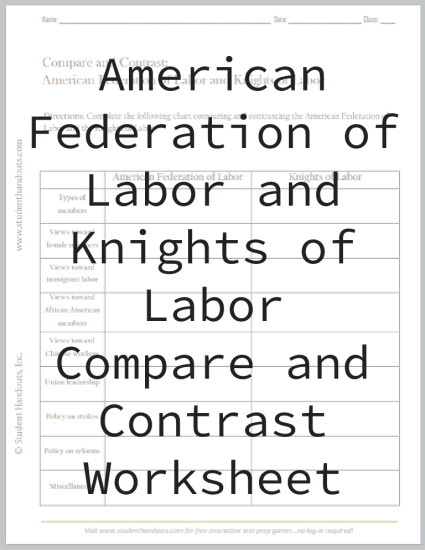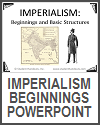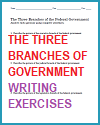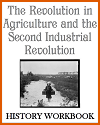Directions: complete the following chart comparing and contrasting the American Federation of Labor and the Knights of Labor. Topics include types of members, views toward female members, views toward immigrant labor, views toward African-American members, views toward Chinese workers, union leadership, policy on strikes, policy on reforms, and miscellaneous.
Click here to print. Answers will vary.
The American Federation of Labor (AFL) and the Knights of Labor were two significant labor organizations in the United States during the late 19th and early 20th centuries. While both aimed to improve the working conditions and rights of laborers, they had distinct characteristics and approaches.
American Federation of Labor (AFL):
- Formation: The AFL was founded in 1886 by Samuel Gompers and other labor leaders. It emerged as a response to the perceived shortcomings of earlier labor organizations.
- Membership: The AFL primarily represented skilled workers and trade unions. It focused on organizing and advocating for workers within specific trades or crafts.
- Goals: The AFL concentrated on achieving concrete goals for its members, such as better wages, safe working conditions, and the 8-hour workday. It was more concerned with immediate, practical improvements for skilled laborers.
- Tactics: The AFL used collective bargaining and strikes to achieve its goals. It believed in negotiating directly with employers to secure agreements.
- Exclusivity: The AFL had a more exclusive membership policy, focusing on skilled and organized labor. It often resisted admitting unskilled and industrial workers.
- Political Involvement: The AFL had a pragmatic approach to politics, supporting candidates and parties that were sympathetic to labor issues. It did not prioritize radical political change.
Knights of Labor:
- Formation: The Knights of Labor, established in 1869, predated the AFL and had a more inclusive structure. Terence Powderly became its prominent leader in the 1880s.
- Membership: The Knights of Labor had a more inclusive membership policy, accepting both skilled and unskilled workers, as well as women and African Americans. It aimed to create a broad-based labor movement.
- Goals: The Knights of Labor advocated for a broader social and economic agenda. Their platform included goals such as worker cooperatives, land reform, and the abolition of child labor.
- Tactics: The Knights of Labor employed a combination of strikes, boycotts, and educational initiatives to achieve their goals. They believed in broader social and political change.
- Exclusivity: The organization's inclusivity extended to various demographic groups and sought to unite workers across different industries and trades.
- Political Involvement: The Knights of Labor had a more reformist and political orientation, advocating for legislative changes and pursuing a broader social agenda.
Key Contrasts:
- The AFL was more trade-specific and focused on skilled labor, while the Knights of Labor aimed to unite a broader spectrum of labor.
- The AFL was more focused on immediate labor issues, like wages and working conditions, while the Knights of Labor had a more expansive platform that included broader social and political reforms.
- The Knights of Labor were more inclusive in terms of membership, welcoming unskilled workers and advocating for workers' rights across various industries and demographic groups.
Both organizations played important roles in the labor movement of their time, but their differing approaches and priorities reflect the complexity and diversity of the labor movement in the late 19th and early 20th centuries.
|













